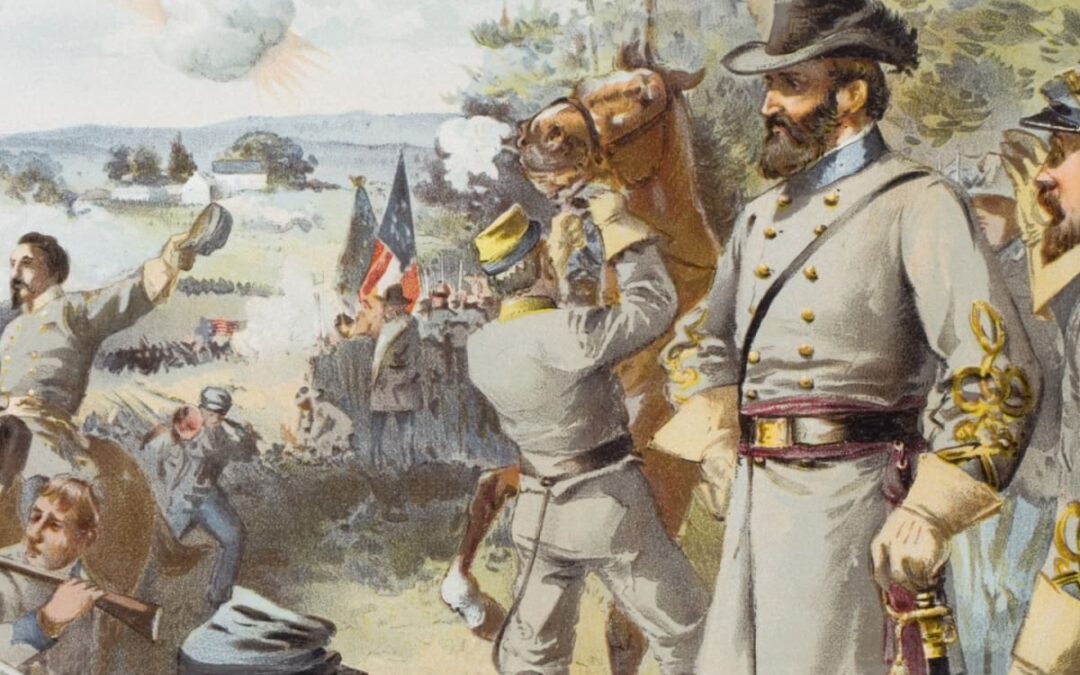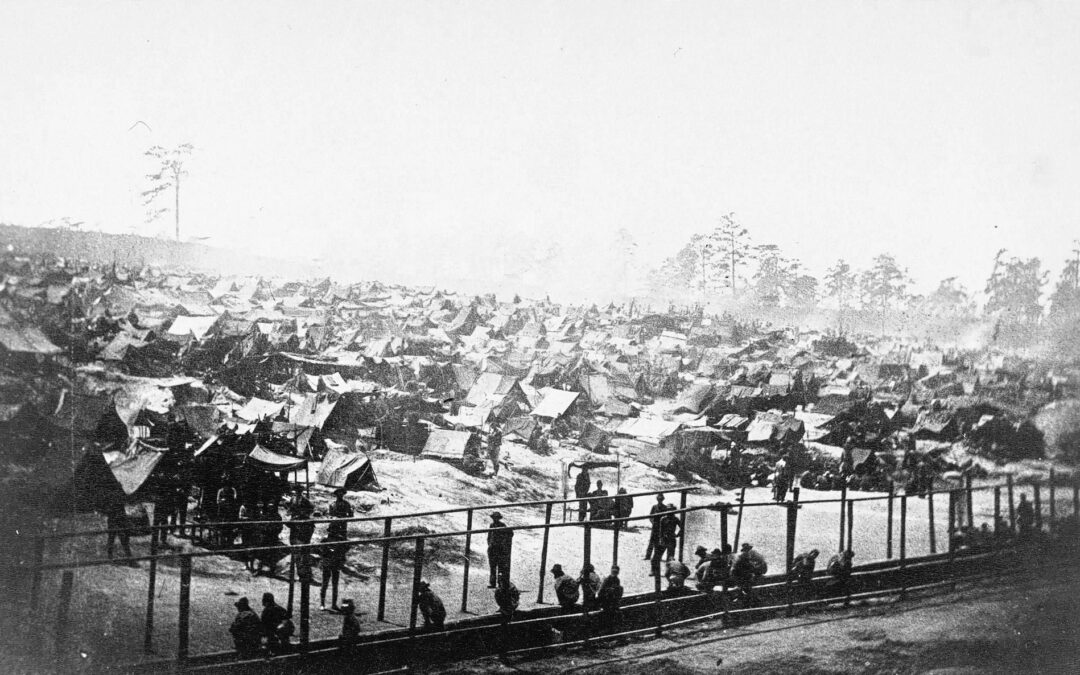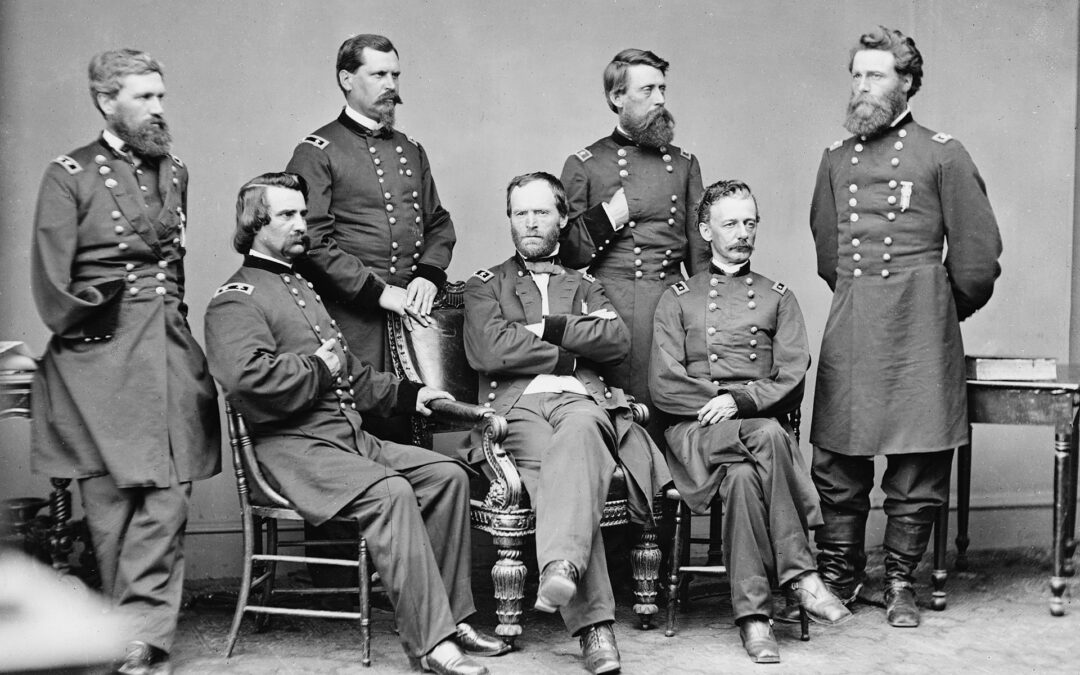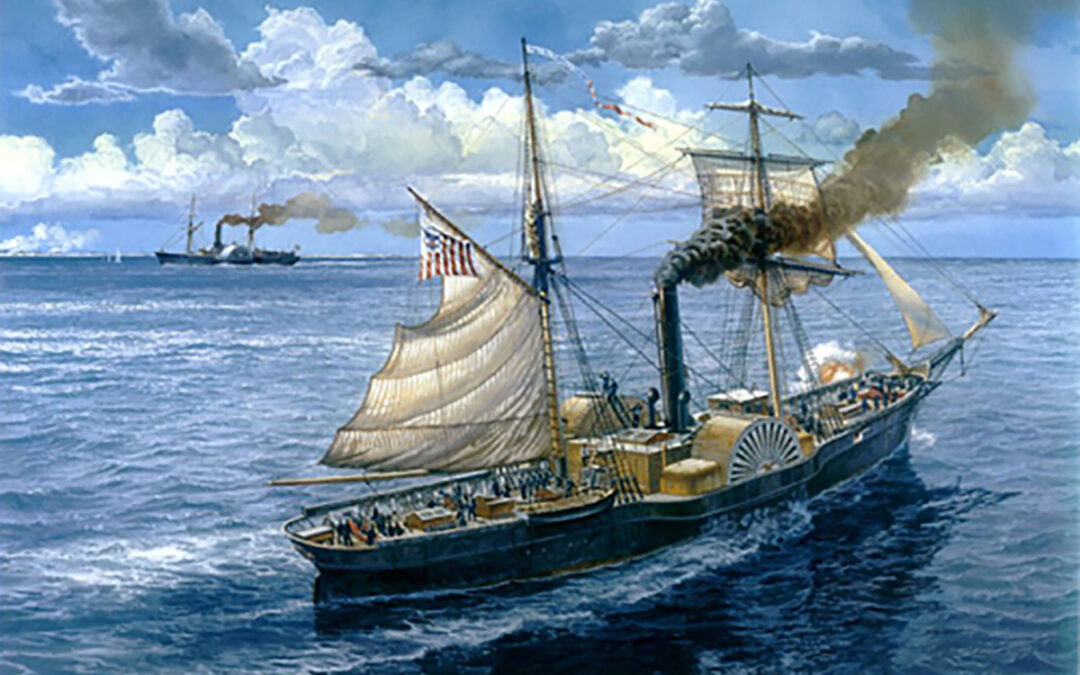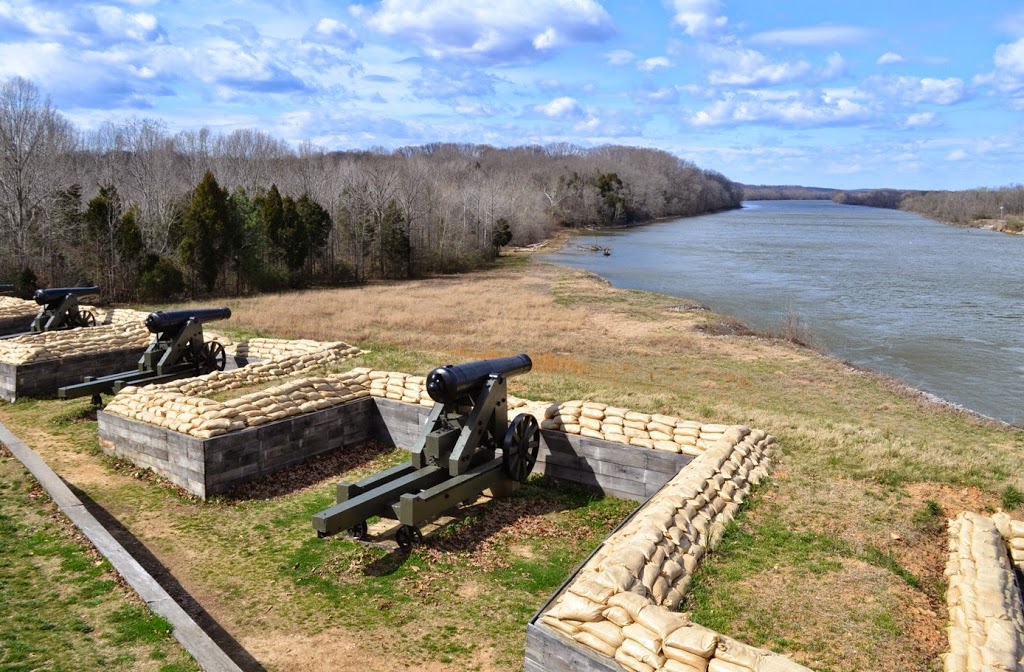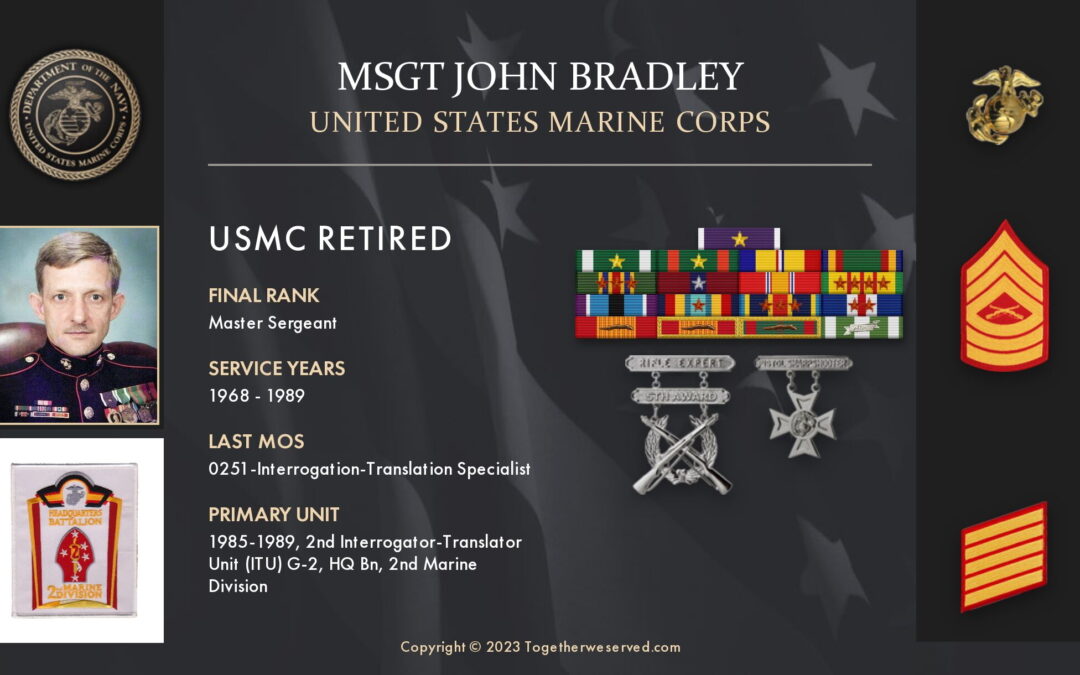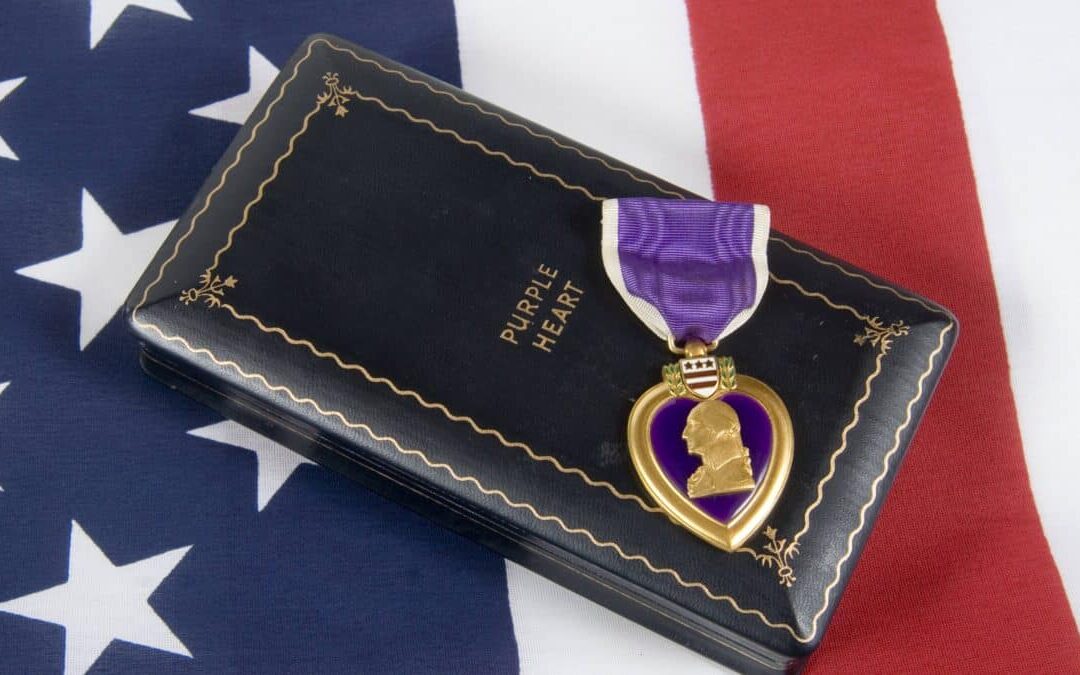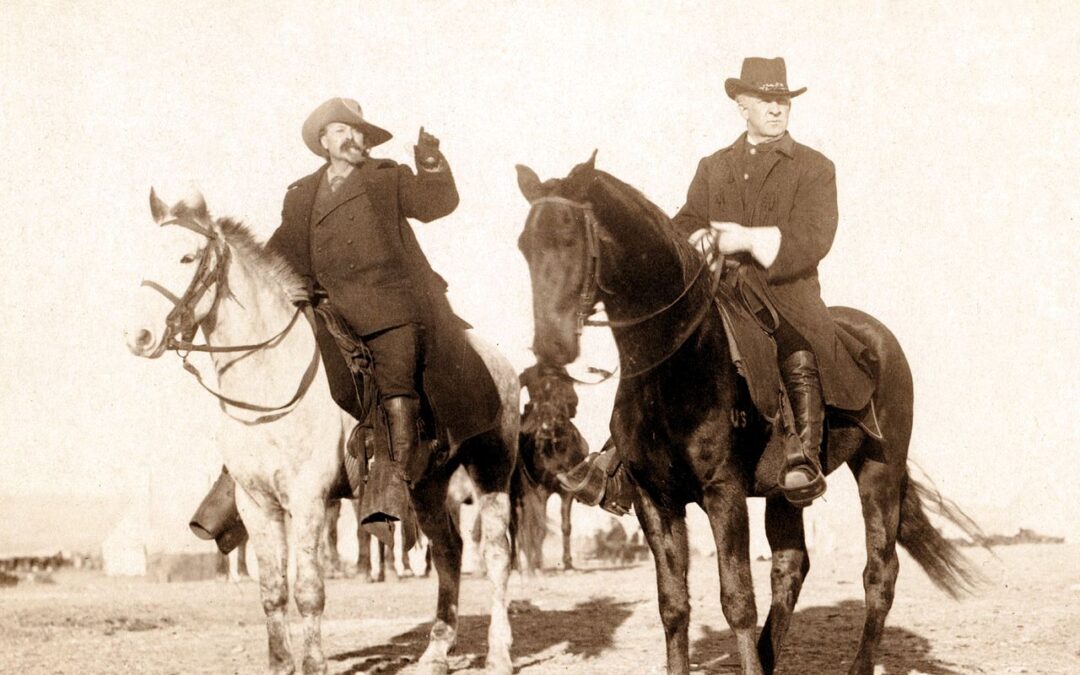The civil war within the Confederacy is often overshadowed by the actual Civil War. The American Civil War was a titanic struggle between the overwhelming numeric and material advantages of the Union, and the tactical and leadership advantages of the states that would form the Confederate States of America. In such a large conflict many stories, unfortunately, go untold and it becomes easy to oversimplify each side. The war did not become inevitable simply because of the Republican Party...
